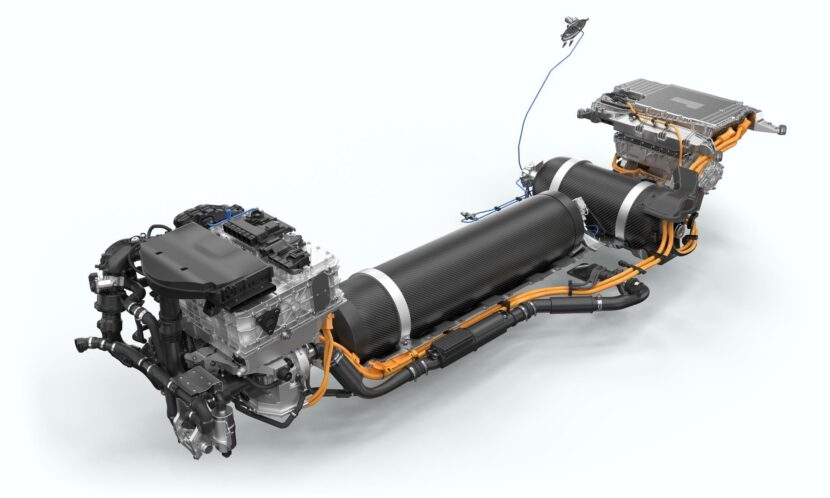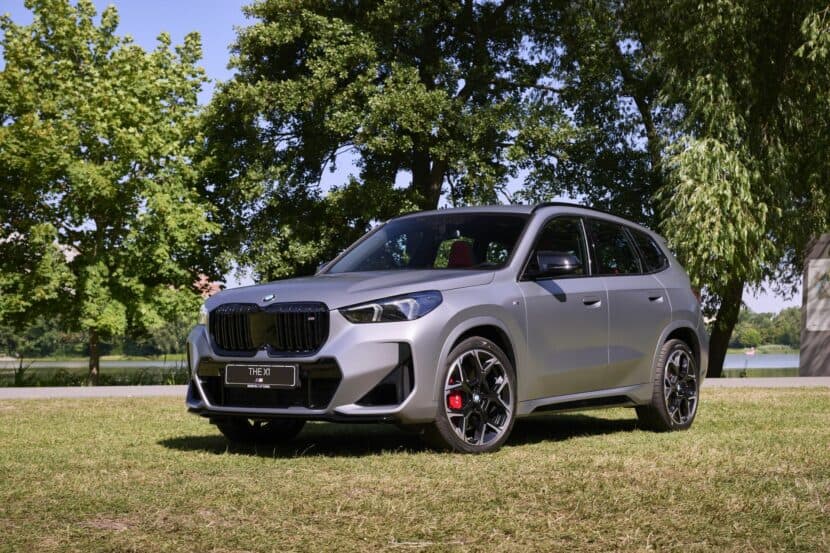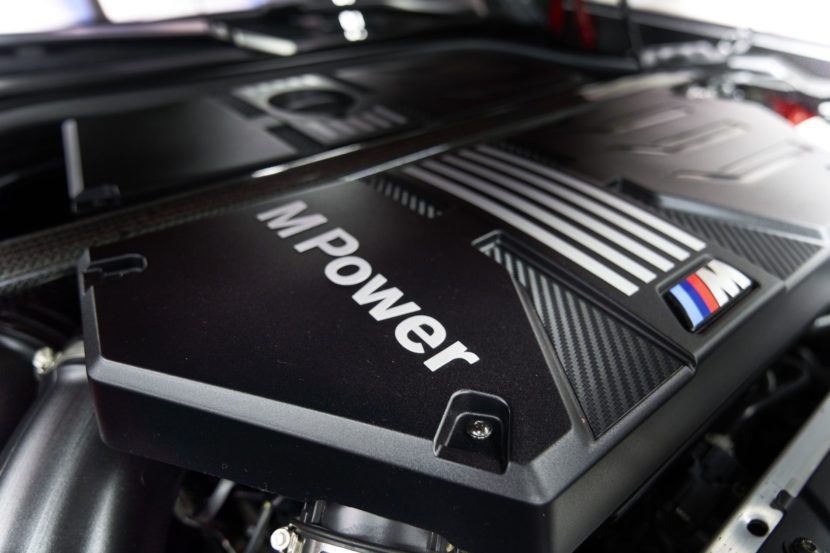5 years in the past, BMW regarded out of contact. Whereas rivals raced to declare the dying of the combustion engine and promised all-electric futures, Munich refused to commit. It sounded timid, even old school. However at present, that hesitation appears extra like foresight — as a result of BMW would be the solely premium carmaker that really learn the market appropriately.
BMW’s Wager on Each Drivetrain May Be the Smartest Transfer within the Trade
Automakers love certainty. It makes for daring headlines, assured roadmaps, and the type of PR statements that get repeated for years. Over the past half decade, Volkswagen, Mercedes-Benz, and GM all declared that the long run was battery-electric and nothing else. Inner combustion was over, hybrids had been irrelevant, and hydrogen was a distraction.
BMW by no means performed alongside. As an alternative of declaring the dying of combustion or promising an all-electric lineup, it doubled down on complexity which is so not German. Gasoline and diesel would stay within the portfolio. Plug-in hybrids would keep. EVs would are available in a number of flavors and architectures. Hydrogen would stay on. Vary extenders weren’t dominated out. Critics stated BMW lacked route. And we had been a few of these critics. In actuality, Munich was making ready for the one certainty that mattered: uncertainty.
The Structure of Flexibility
BMW’s technique isn’t nearly protecting a number of drivetrains alive — it’s about constructing the platforms to help them. That is an method we’ve seen because the inception of the BMW i sub-brand.
At one finish, you’ve got CLAR, the rear-wheel-drive-based platform that underpins the three Sequence, 5 Sequence, 7 Sequence, and their SUV counterparts. CLAR is versatile sufficient to help combustion, plug-in hybrid, and battery-electric drivetrains. And even hydrogen. It’s the spine of BMW’s present lineup, and it isn’t going anyplace. At the same time as Neue Klasse arrives, CLAR will proceed to evolve, mixing in know-how from Toyota partnerships for hydrogen and learnings from EV growth. Crucially, it’ll additionally function the premise for BMW’s hydrogen venture beginning in 2028, giving the corporate yet one more drivetrain to supply with out reinventing the wheel.
Then there’s FAAR, the front-wheel-drive structure that carries smaller fashions just like the X1, 1 Sequence, and a pair of Sequence Lively Tourer. Right here too, BMW retains all choices on the desk: environment friendly gasoline and diesel engines, hybrids, and even entry-level EVs, just like the MINI Countryman SE.
Wanting ahead, the Neue Klasse (NCAR) represents BMW’s devoted EV future. Launching in 2025, it’s constructed from the bottom up for electrification, utilizing sixth-generation batteries with 30% extra vary, 30% quicker charging, and vital effectivity positive aspects. Neue Klasse is the place the model’s clean-sheet EVs will stay — smooth sedans and crossovers that outline the following decade of BMW design and know-how.
Neue Klasse Is Extra Than EVs Although
However Neue Klasse isn’t restricted to battery-electric drivetrains. BMW is allegedly investigating vary extenders constructed on NCAR, notably for China the place the method has discovered stunning success. In reality, BMW isn’t a stranger to the idea. The BMW i3 with Vary Extender (REx) was a intelligent resolution for a world not but able to rely solely on charging networks. Talking personally, because the editor-in-chief of BMWBLOG, I owned 4 i3s with REx. It was a product that merely made sense on the time — the pure electrical i3 didn’t have the vary for lengthy journeys, and the REx gave it flexibility that clients valued. Taking a look at at present’s market in China, it’s simple to see why BMW would contemplate dusting off that concept and making use of it to the Neue Klasse.
Collectively, these platforms kind an interlocking technique: CLAR and FAAR for flexibility throughout combustion and hybrids, Neue Klasse for pure EVs and perhaps vary extenders, and hydrogen programs layered on prime. It’s an advanced puzzle — and that’s the purpose.
From Skepticism to Vindication
I’ll be trustworthy: a number of years in the past, even we at BMWBLOG had been skeptical. Like many, we thought the trade’s EV-only narrative made sense. Electrical vehicles felt inevitable, and BMW’s refusal to commit regarded cautious, even timid.
However BMW’s management clearly had a unique imaginative and prescient — one which balanced electrification with realism. And at present, that imaginative and prescient has paid off. Stroll right into a BMW buyer’s storage and also you’re extra more likely to see a mixture of ICE and EVs relatively than a one-size-fits-all resolution. Households run an X5 plug-in hybrid alongside an i4. Fans maintain onto an M3 whereas including an iX (I used to be one in every of them) Clients are selecting know-how that matches their way of life, not what the trade advised them they need to need.
BMW anticipated this actuality higher than most.
Why Hedging Issues
Whereas BMW was constructing flexibility, its rivals had been constructing partitions. Volkswagen went all-in on the ID household, solely to reduce manufacturing as demand lagged. Mercedes-Benz pledged to go all-electric by the early 2030s, then quietly admitted that hybrids and combustion would stick round “so long as clients need them.” GM deserted hybrids to chase Tesla, then sheepishly reintroduced them.
The auto trade needed a single resolution. Clients needed decisions.
One other piece of this puzzle is regulation. Over a decade in the past, governments in Europe, the U.S., and Asia have all introduced aggressive EV targets. However deadlines preserve shifting, incentives come and go, and political winds change rapidly.
BMW’s multi-path technique insulates it a bit extra from these swings. If regulators push tougher for EVs, Neue Klasse can carry the load. If markets drag their ft, CLAR and FAAR can preserve combustion and hybrids flowing. If hydrogen subsidies ramp up — as they’re in Japan, Korea, and components of Europe — BMW already has manufacturing lined up. This flexibility is much less glamorous than a daring headline, but it surely’s way more resilient in observe.
Defending the Soul of the Model
This method additionally safeguards BMW’s DNA. For lovers, it means M vehicles with inline-sixes and V8s received’t vanish in a single day. We are going to see a first-ever M3 electrical, however that will probably be adopted by a gasoline model as properly. For Rolls-Royce, it means the electrical Spectre and future EVs can exist alongside the timeless V12. BMW isn’t forcing heritage apart, however relatively providing a alternative. And that’s one thing to applaud at this stage.
That stability issues. Mercedes-AMG with out V8 thunder is a troublesome promote. Volkswagen GTI with out gasoline looks like an identification disaster. BMW, against this, doesn’t need to apologize to purists whereas nonetheless pushing forward with EVs, hydrogen, and hybrids.
By 2028, BMW can have combustion vehicles on CLAR and FAAR, clean-sheet EVs on Neue Klasse, hydrogen gasoline cells driving on confirmed structure, and vary extenders for markets that demand them. It’s a portfolio that no different premium automaker can match.









